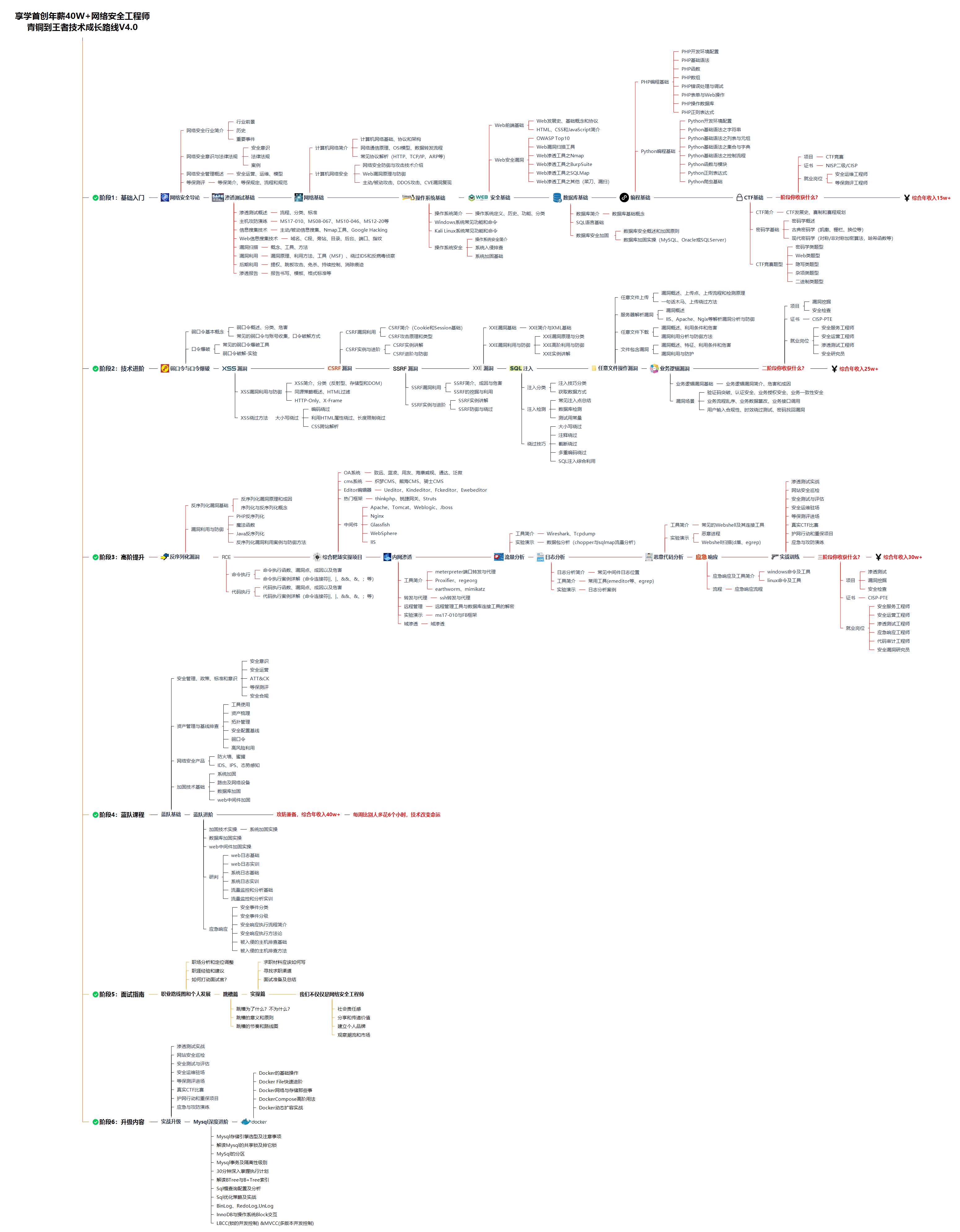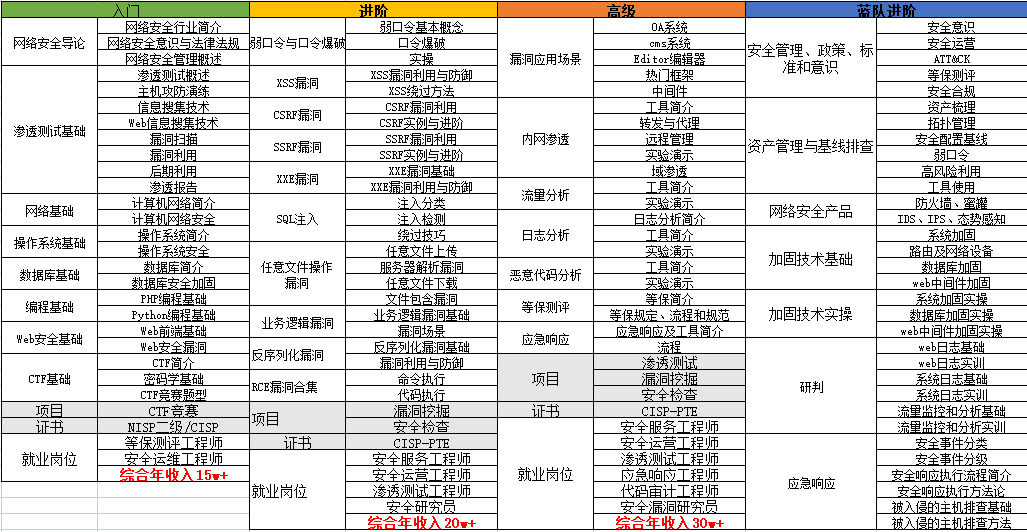区块链是一种去中心化的分布式账本技术,它可以用于记录交易、资产、身份验证等信息。在Ubuntu 20.04上学习区块链,可以按照以下步骤进行:
1.安装必要的软件包和依赖项
```shell
sudo apt-get update
sudo apt-get install build-essential libssl-dev libffi-dev python3-dev
```
2.安装Python虚拟环境
```shell
sudo apt-get install python3-venv
```
3.创建并激活Python虚拟环境
```shell
python3 -m venv blockchain-env
source blockchain-env/bin/activate
```
4.安装区块链相关的Python库
```shell
pip install Flask==1.1.2 requests==2.24.0
```
5.创建一个简单的区块链
```python
# blockchain.py
import hashlib
import json
from time import time
from uuid import uuid4
from flask import Flask, jsonify, request
class Blockchain:
def __init__(self):
self.chain = []
self.current_transactions = []
# Create the genesis block
self.new_block(previous_hash='1', proof=100)
def new_block(self, proof, previous_hash=None):
"""
Create a new Block in the Blockchain
:param proof: <int> The proof given by the Proof of Work algorithm
:param previous_hash: (Optional) <str> Hash of previous Block
:return: <dict> New Block
"""
block = {
'index': len(self.chain) + 1,
'timestamp': time(),
'transactions': self.current_transactions,
'proof': proof,
'previous_hash': previous_hash or self.hash(self.chain[-1]),
}
# Reset the current list of transactions
self.current_transactions = []
self.chain.append(block)
return block
def new_transaction(self, sender, recipient, amount):
"""
Creates a new transaction to go into the next mined Block
:param sender: <str> Address of the Sender
:param recipient: <str> Address of the Recipient
:param amount: <int> Amount
:return: <int> The index of the Block that will hold this transaction
"""
self.current_transactions.append({
'sender': sender,
'recipient': recipient,
'amount': amount,
})
return self.last_block['index'] + 1
@staticmethod
def hash(block):
"""
Creates a SHA-256 hash of a Block
:param block: <dict> Block
:return: <str>
"""
# We must make sure that the Dictionary is Ordered, or we'll have inconsistent hashes
block_string = json.dumps(block, sort_keys=True).encode()
return hashlib.sha256(block_string).hexdigest()
@property
def last_block(self):
return self.chain[-1]
def proof_of_work(self, last_proof):
"""
Simple Proof of Work Algorithm:
- Find a number p' such that hash(pp') contains leading 4 zeroes, where p is the previous p'
- p is the previous proof, and p' is the new proof
:param last_proof: <int>
:return: <int>
"""
proof = 0
while self.valid_proof(last_proof, proof) is False:
proof += 1
return proof
@staticmethod
def valid_proof(last_proof, proof):
"""
Validates the Proof: Does hash(last_proof, proof) contain 4 leading zeroes?
:param last_proof: <int> Previous Proof
:param proof: <int> Current Proof
:return: <bool> True if correct, False if not.
"""
guess = f'{last_proof}{proof}'.encode()
guess_hash = hashlib.sha256(guess).hexdigest()
return guess_hash[:4] == "0000"
# Instantiate our Node
app = Flask(__name__)
# Generate a globally unique address for this node
node_identifier = str(uuid4()).replace('-', '')
# Instantiate the Blockchain
blockchain = Blockchain()
@app.route('/mine', methods=['GET'])
def mine():
# We run the proof of work algorithm to get the next proof...
last_block = blockchain.last_block
last_proof = last_block['proof']
proof = blockchain.proof_of_work(last_proof)
# We must receive a reward for finding the proof.
# The sender is "0" to signify that this node has mined a new coin.
blockchain.new_transaction(
sender="0",
recipient=node_identifier,
amount=1,
)
# Forge the new Block by adding it to the chain
previous_hash = blockchain.hash(last_block)
block = blockchain.new_block(proof, previous_hash)
response = {
'message': "New Block Forged",
'index': block['index'],
'transactions': block['transactions'],
'proof': block['proof'],
'previous_hash': block['previous_hash'],
}
return jsonify(response), 200
@app.route('/transactions/new', methods=['POST'])
def new_transaction():
values = request.get_json()
# Check that the required fields are in the POST'ed data
required = ['sender', 'recipient', 'amount']
if not all(k in values for k in required):
return 'Missing values', 400
# Create a new Transaction
index = blockchain.new_transaction(values['sender'], values['recipient'], values['amount'])
response = {'message': f'Transaction will be added to Block {index}'}
return jsonify(response), 201
@app.route('/chain', methods=['GET'])
def full_chain():
response = {
'chain': blockchain.chain,
'length': len(blockchain.chain),
}
return jsonify(response), 200
if __name__ == '__main__':
app.run(host='0.0.0.0', port=5000)
```
6.运行区块链应用程序
```shell
export FLASK_APP=blockchain.py
flask run --port 5000
```
现在,您可以使用Postman或类似的工具向http://localhost:5000/transactions/new发送POST请求来创建新的交易,向http://localhost:5000/mine发送GET请求来挖掘新的区块,并向http://localhost:5000/chain发送GET请求来获取整个区块链。
 前言
前言
























 9865
9865











 被折叠的 条评论
为什么被折叠?
被折叠的 条评论
为什么被折叠?








